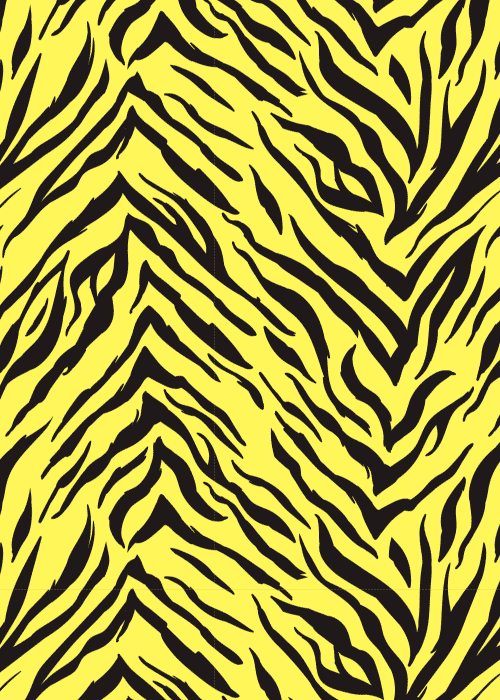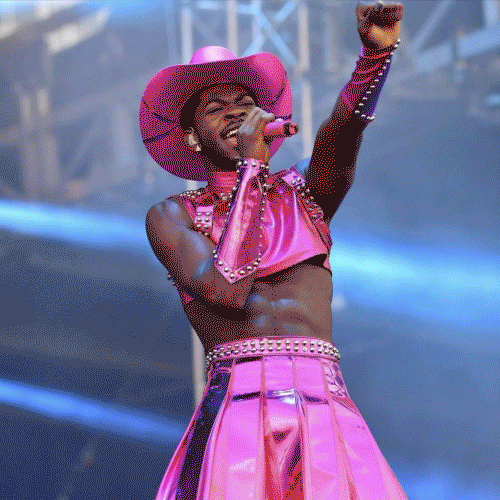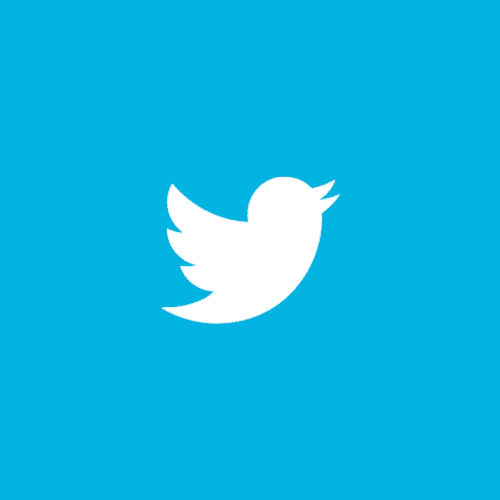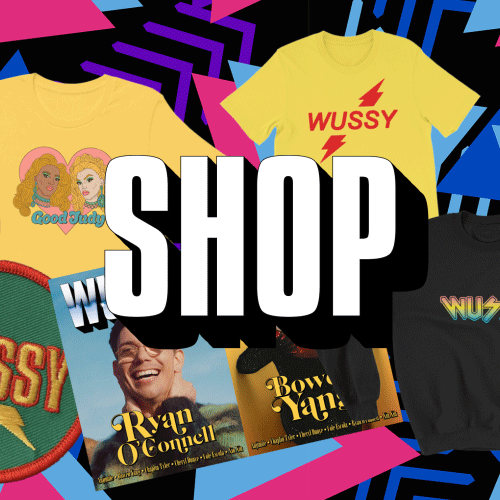An Interview with Queer Photographer, Charlie Snyder
When I first set eyes on Charlie Snyder as a student at Georgia State University, I had an instant connection with him. He was covered in beautiful tattoos, some of which were rodents (I also have a rodent tattoo, in memory of my guinea pig, Tyrel) and he was wearing a Special Olympics t-shirt, and my heart was captured. Within thirty minutes, he was signing a waiver for me to be in his class that spring for Photo 1.
Charlie was in the middle of his graduate degree program at the time, and showed me some of his work. Years have passed and he has since made some major changes in his life. I wanted to catch up to see where his ambitions had taken him.
You recently left Atlanta and moved to New York City. What spurred that change in your life?
Grad school had the most significant impact on my life in recent years. Taking three years off from working to focus solely on my MFA studies was profound, it gave me time and space to create, but it also opened me up to lots of artistic experimentation and personal self-reflection. Major life decisions came out of personal discoveries I made while researching queer theory and working out issues with identity through my art: I left a fourteen year-long relationship, made a commitment to being an artist, and moved to New York City.
Living in NY has always been a dream of mine, since I was a kid. I grew up watching films like Who’s That Girl, Desperately Seeking Susan, Downtown 81, The Hunger, and Fame. The New York of eighties films was a wonderland of art and life and danger and passion. I’ve always known that’s where I wanted to be.
While I am fulfilling my childhood fantasies by moving here, I’m also coming because there are a number of venues and organizations that are actively engaging with queer issues in art and aesthetics. In moving here, I’m taking advantage of the fact that NY has more opportunities for a queer artist to find an audience. That isn’t to say that other art markets, like Atlanta, don’t have opportunities for queer artists, but NY has been at the forefront of the culture wars since the eighties so conversations about queer identity have become more broadly engaged here than elsewhere. It’s made room for greater opportunity to get your work out there, but it has also created a very saturated and more competitive market.
Was your series Precious Little Queer meant to be a purely political statement, drawing on lgbtqqi issues?
Precious Little Queer was the start of my graduate work, and marks the beginning of a shift in my work away from politics and toward the personal. The project was initially inspired by my frustration with the 2012 presidential election, particularly the dehumanizing and infantilizing rhetoric that had infected both the political right and left at that time. . . It was that feeling of being very clearly relegated to a second-class citizenship that I wanted to tackle.
The political motivation was certainly the inspiration, but as circumstance and deadlines began to require that my partner and I play the roles of master and pet in the series, a new subtext emerged. The identities of the two characters stopped being universal stand-ins for political bodies and became more personal. The work became an exploration of my own feelings of disempowerment, not only politically, but also within my own relationship. I gave up my job to return to grad school, and the power shift as I moved from the role of primary breadwinner to financial dependent was a massive source of stress on an already strained partnership. The more I developed these images the more apparent that became not only to myself but also to others (my ex included).
Did you intend for Precious Little Queer to touch on kink and “puppy play”? Does kink play a role in your pieces?
While my later work has become more invested in overt sexuality, at that point in my development I was exceptionally sexually naïve. I didn’t know what a “puppy” was until very recently. Having said that, I’d love to have a “puppy” or two now. They are adorable.
I don’t know if I’ve ever considered my work in relation to kink. I was once told that I should present work at Frolicon in Atlanta, and I was very taken aback at the time. It wasn’t that I was offended by the suggestion, but it never occurred to me that anyone would read my images that way. Even as I’ve begun to embrace sexual imagery in my work, I don’t find the images themselves to have as much to do with eliciting a sexual response as they do with generating questions about what those acts mean within the context I’m presenting them.
Elaborate on your process for your series Fracture. It is much different than your studio portrait work.
Fracture was a complete breakdown of my identity as an artist, my process, and my life. When I started that body of work, it wasn’t my intention to dissolve my fourteen-year partnership, to break down the structures that had sustained my life, or to almost completely abandon the camera.
Fracture didn’t start out as the installation that it became. It started with a series of cell-phone images documenting my experiences meeting and having sex with men I’d met through gay hook-up apps like SCRUFF and Grindr. At the time this phase of the project was going on, I was still in a relationship with my ex. He was my first sexual partner, and after years of relative monogamy I felt like my lack of sexual experience was something I wanted to explore both personally and artistically. As the project went on and I began to understand that my actions were awakening me to long-standing issues in that relationship, the work took on a very different intention.
As my relationship to my ex fell apart, so did my relationship to the idea of monogamy, the normalizing impulses that had been force-fed to me through our culture, and the ideas I had about what being gay meant to me. The breaking of so many foundational elements of my identity also shattered my relationship to art making. I began to feel like I needed to make something dangerous, to bleed for my work, to break things that shouldn’t be broken and then to piece it together in new better ways. I abandoned my cameras at that point and turned to my first artistic love, drawing. The work became invested in this clash of the romance of line drawings etched in glass and the naked shock of graphic sexual photographs reflected off of broken mirror. The unifying element of the shattered glass and mirrors was a way to visually connect the fragility of the romances and societal structures that I was destroying with the destructive force of unrestrained sexual expression.
How does nudity, especially your own nudity, play a part in the narrative of your pieces?
My own nudity in Fracture was essential. In my early works, I tended toward illustrative approaches that had more in common with commercial or editorial photography traditions. Fracture was the most raw and emotionally charged body of work I’ve tackled. My nakedness was literally essential for the process of documenting my sexual experiences, but was also figuratively necessary because I was laying bare so much of my personal history.
The central video in the installation was projected onto shards of mirror and bounced onto the wall in a shattered ten-minute documentation of myself masturbating. In the context of the entire installation, this piece in particular was my effort to not just to illustrate my broken relationship to sexuality, but also to embrace my sexual impulses and proclaim very publicly my desire to break from the shame I felt about sex. This piece to me is more confrontational than the more graphic depictions of my sexual encounters, because this video literally shows my unfettered sexual self-gratification. It very clearly says I enjoyed this and I’m not going to feel bad about it or hide it anymore.
What are some of the projects you are working on now?
Currently, I’m working on my Halloween costume. I’m going as Robot Princess from the Saga comic series.
In a more fine art direction, I’m working on some sculpture and painting pieces related to my experience with gay hook-up apps. I find them fascinating and complicated; they’ve really transformed the way queer men establish connections with one another. Queer space has largely gravitated into online forums and away from the dark corners of subcultural bar life, and while there is an argument for the positive impact of the globalization of queer space there is also a complex shift in how we interact with one another in that space.
What are your hopes for the future?
I came to New York to be an artist and to participate in the evolving aesthetic conversations about queer identity. My main personal hope is that I’m able to achieve enough success to remain an active part of that dialog. My hope for the queer rights movement is that we’ll all start to truly examine the intersections of race, gender, sexuality, and economics; there is no equality until we fight for equality for all.
To see more work by Charlie Snyder, please visit: http://charlesdsnyder.com
Written by Haley Murphy aka Kiddo.
Archive
- February 2025
- November 2024
- October 2024
- September 2024
- August 2024
- July 2024
- June 2024
- May 2024
- April 2024
- October 2023
- July 2023
- June 2023
- May 2023
- April 2023
- March 2023
- February 2023
- June 2022
- April 2022
- March 2022
- January 2022
- December 2021
- October 2021
- September 2021
- August 2021
- July 2021
- June 2021
- May 2021
- April 2021
- March 2021
- February 2021
- January 2021
- December 2020
- October 2020
- September 2020
- August 2020
- July 2020
- June 2020
- May 2020
- April 2020
- March 2020
- February 2020
- January 2020
- December 2019
- November 2019
- October 2019
- September 2019
- August 2019
- July 2019
- June 2019
- May 2019
- April 2019
- March 2019
- February 2019
- January 2019
- December 2018
- November 2018
- October 2018
- September 2018
- August 2018
- July 2018
- June 2018
- May 2018
- April 2018
- March 2018
- February 2018
- January 2018
- December 2017
- November 2017
- October 2017
- September 2017
- August 2017
- July 2017
- June 2017
- May 2017
- April 2017
- March 2017
- February 2017
- January 2017
- December 2015
- November 2015
- October 2015
- September 2015
- August 2015
- July 2015
- June 2015
- May 2015
- April 2015










